In the News
Video
July 05, 2022
At the end of a busy season researching how canine distemper virus affects Nepal’s tigers and leopards, Cornell Wildlife Health Center’s wild carnivore health specialist Dr. Martin Gilbert took a break to recharge his batteries with the wildlife of Bardia National Park.

Video
June 10, 2022
At the end of a busy season researching how canine distemper virus affects Nepal’s tigers and leopards, our Wild Carnivore Health Specialist Dr. Martin Gilbert takes a break to recharge his batteries with the wildlife of Bardia National Park.
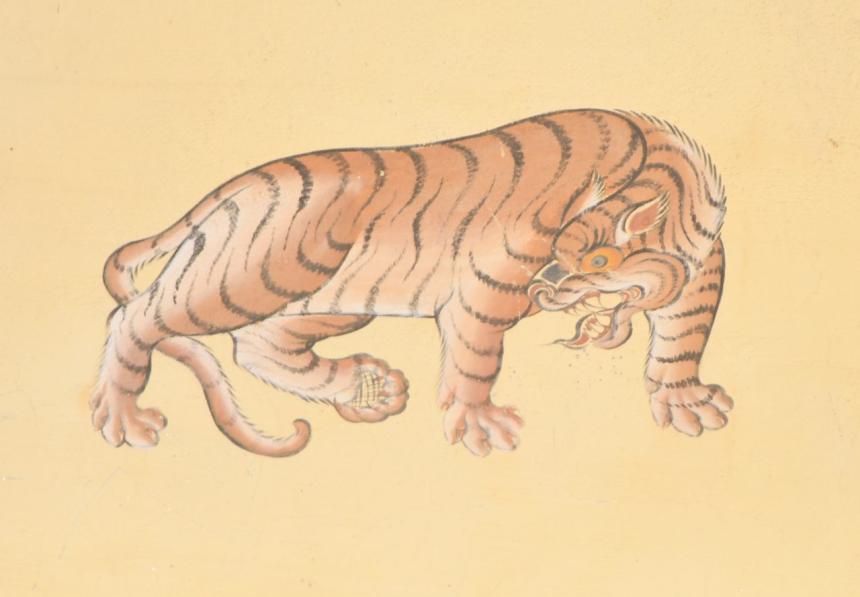
March 03, 2022
The Cornell Wildlife Health Center's Dr. Martin Gilbert collaborated with an international team of scientists to uncover the cause of a mysterious illness in an endangered wild tiger in Bhutan.

Podcast
February 25, 2022
Listen to our Wild Carnivore Health Specialist Dr. Martin Gilbert and other big cat conservationists discuss the impacts of infectious diseases on tiger populations in the first episode of WildCats Pawcast, a brand-new podcast from WildCats Conservation Alliance.
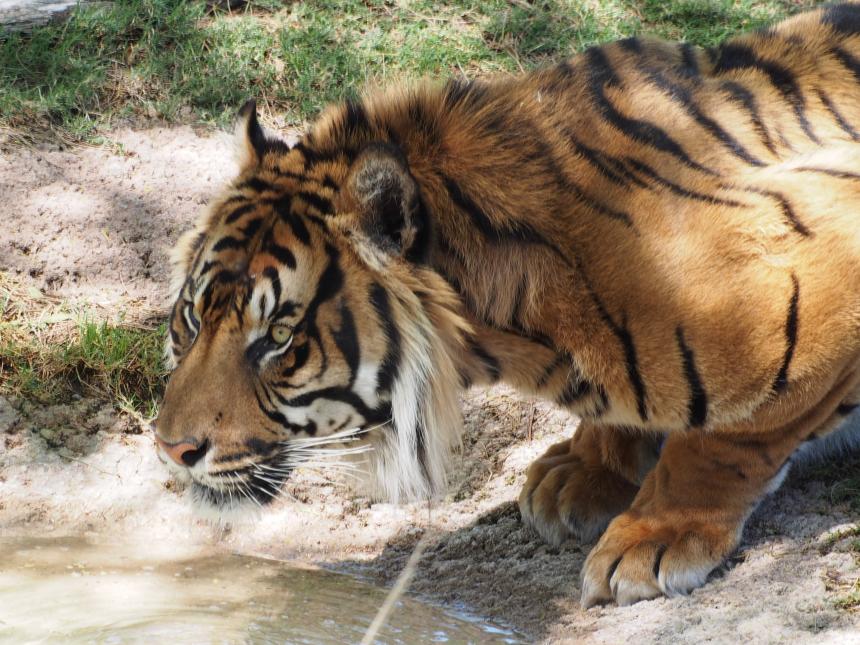
December 10, 2021
Dr. Martin Gilbert, Wild Carnivore Specialist at the Cornell Wildlife Health Center, has worked extensively documenting the threat of canine distemper virus (CDV) to endangered Amur tigers in the Russian Far East. He is now working to determine the threat of CDV to other tiger subspecies.

August 23, 2021
For more than a year, the world has closely followed the development, approval and deployment of various coronavirus vaccines that could bring an end to the global pandemic, debating every side effect and hurdle. But vaccines aren’t only used to spare humans from the ravages of disease; increasingly, they’re being used to conserve wild species threatened with extinction.
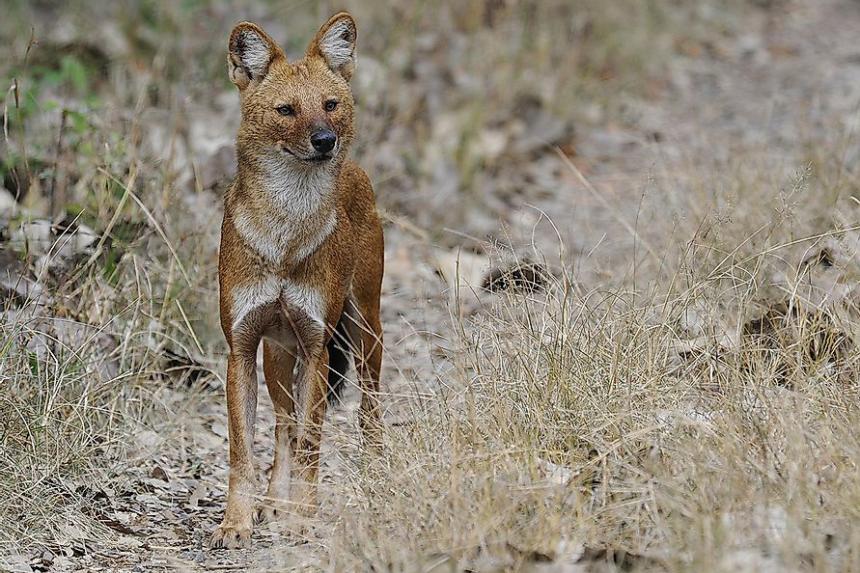
July 26, 2021
Cornell's Dr. Martin Gilbert discusses how infectious disease likely represents an important threat for endangered dhole populations and that such diseases could even be capable of causing local extinctions.
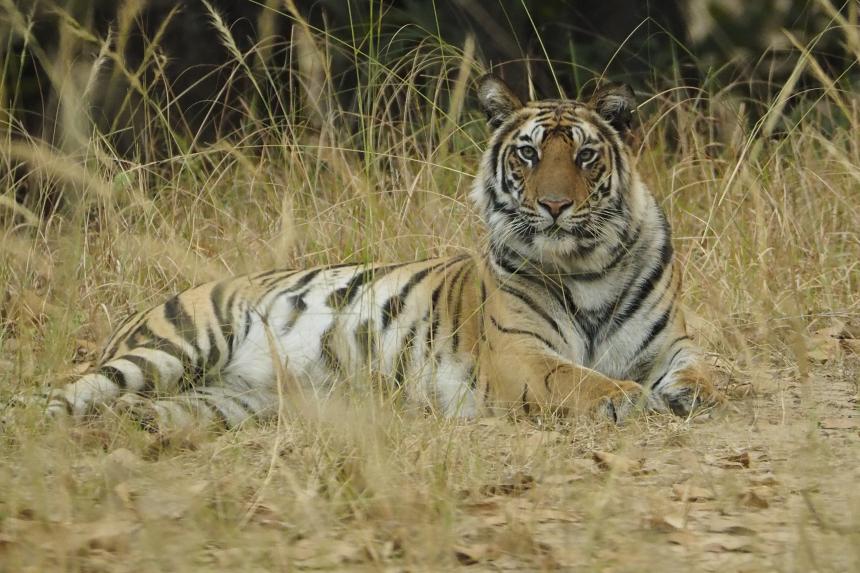
June 04, 2021
An interdisciplinary team of researchers, including the Cornell Wildlife Health Center’s Dr. Martin Gilbert, collaborated to assess the impact of habitat loss and fragmentation on tiger populations.
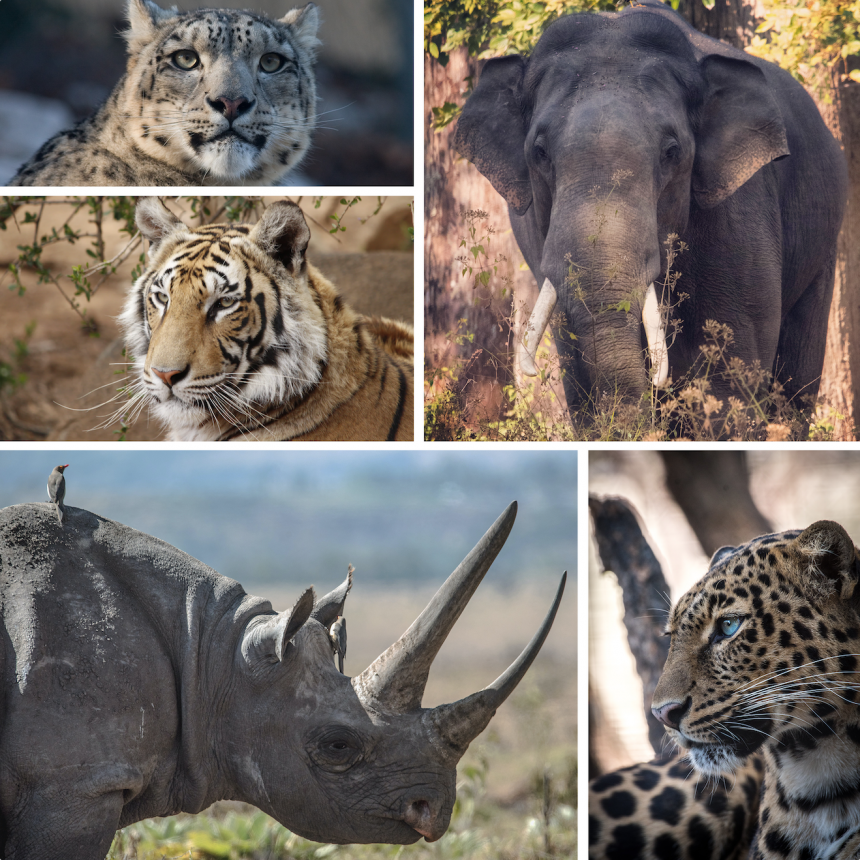
May 21, 2021
The third Friday of May is Endangered Species Day. Primarily as a result of human activities, our planet’s biodiversity is shrinking at an unprecedented rate. The Cornell Wildlife Health Center is proud to support a diverse range of species and ecosystems through our work.
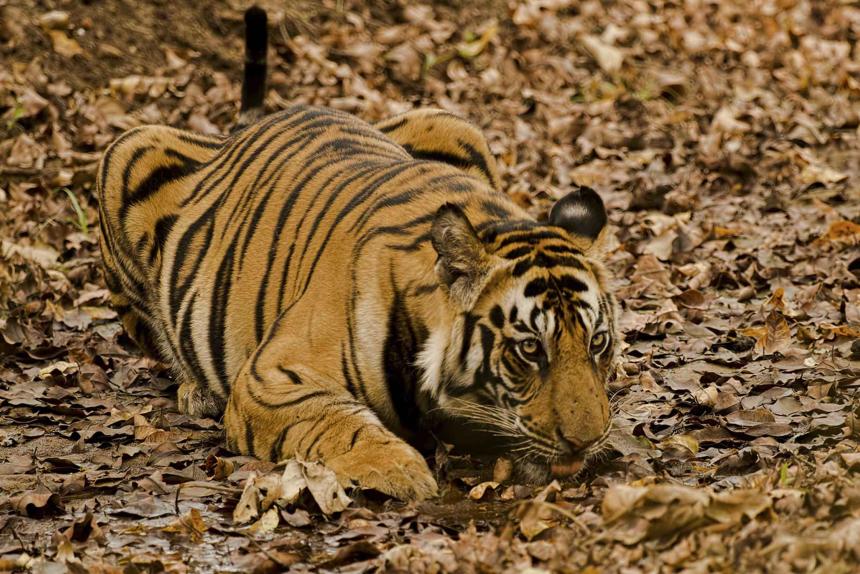
April 13, 2021
A research team, including the Cornell Wildlife Health Center’s Dr. Martin Gilbert, published a case report describing the death of a Bengal tiger in Bhutan from neurocysticercosis (the presence of larval tapeworm stages in the brain). Bengal tigers are endangered, with only 103 individuals estimated to remain in Bhutan, with more in other range countries including India and Nepal.
